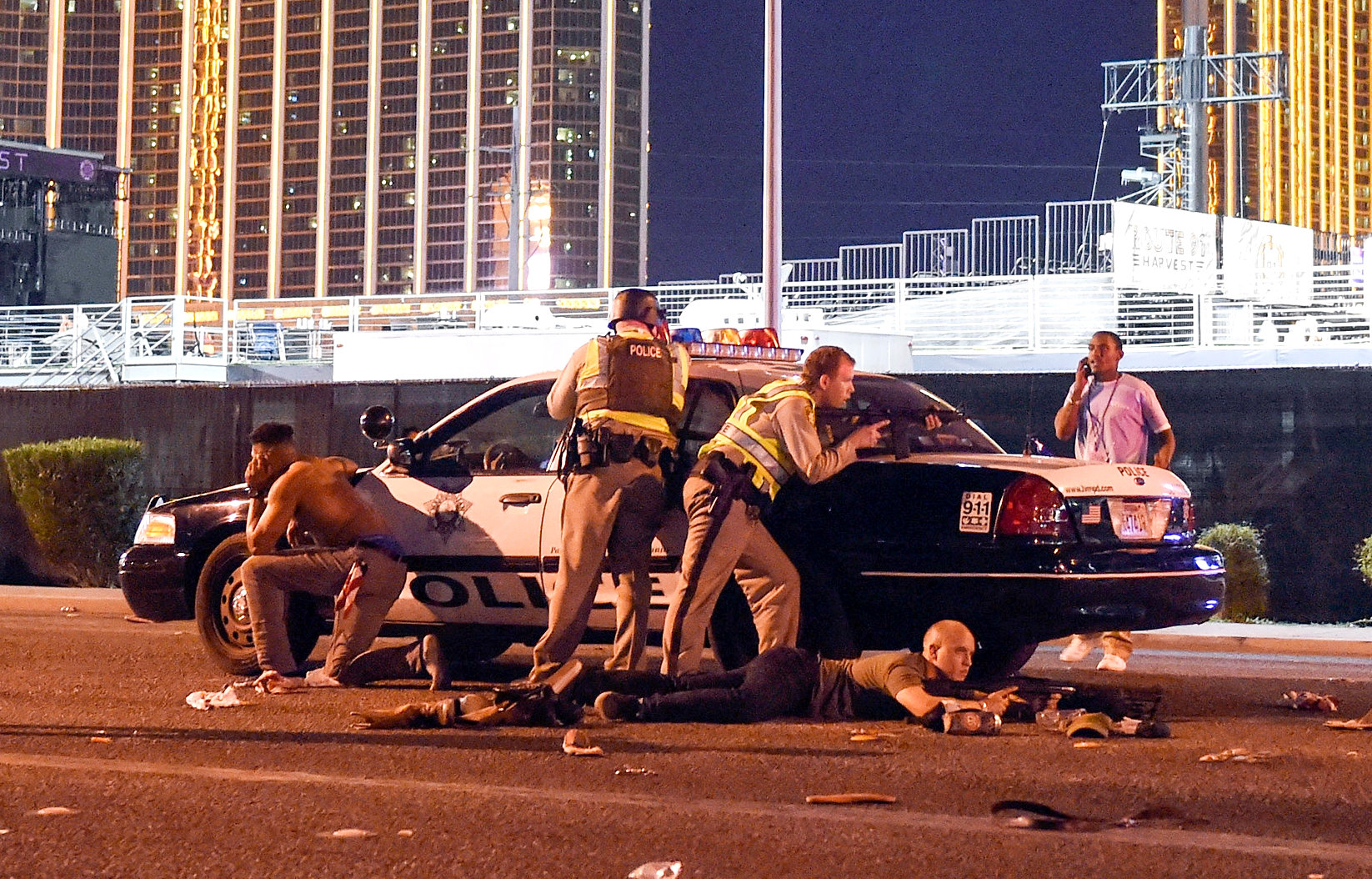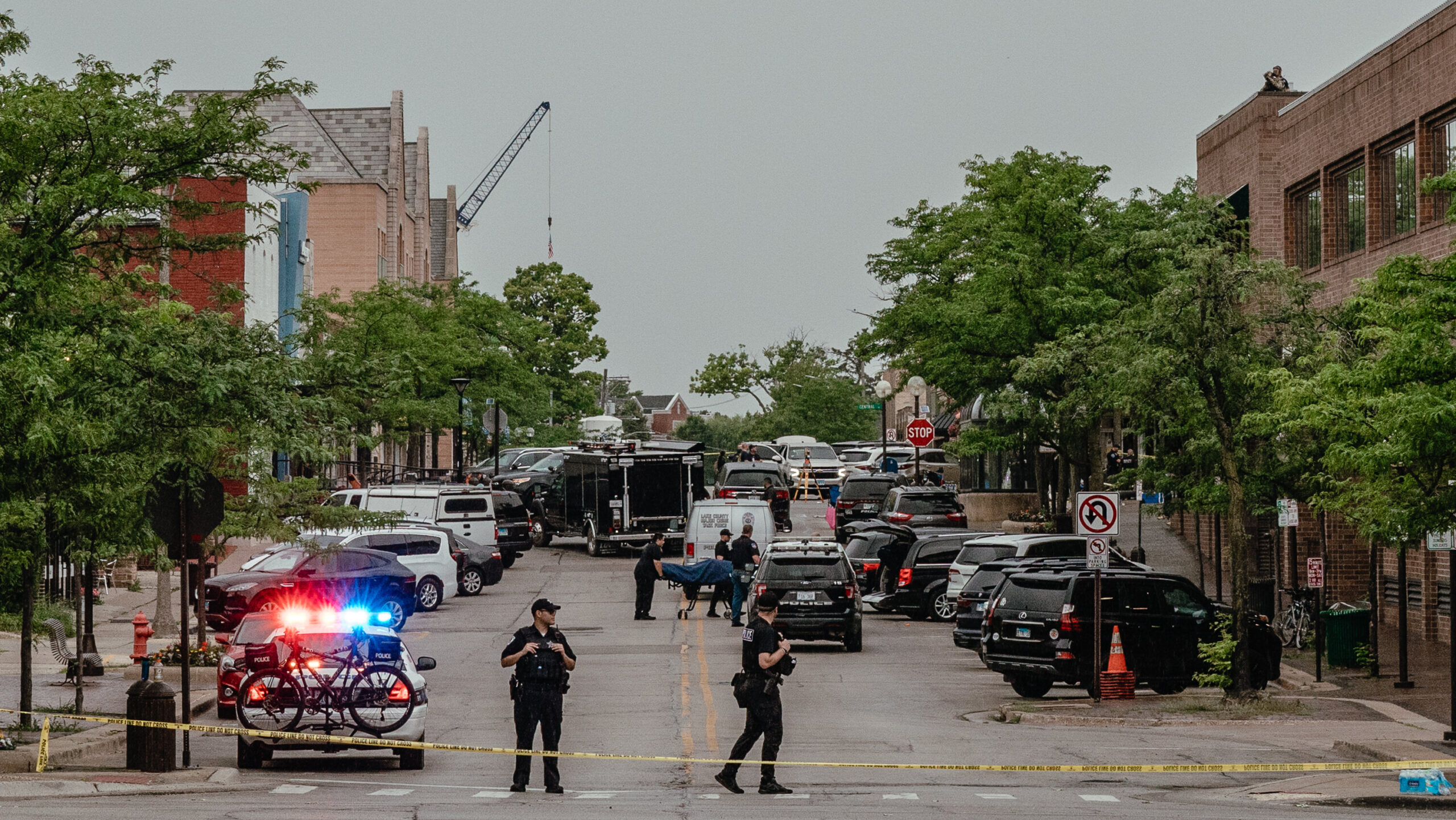New York City was left reeling Tuesday after a deadly mass shooting perpetrated by a lone gunman brought tragedy to one of Manhattan’s most prominent business corridors. In a shocking attack that has reignited urgent debates around gun violence, mental health, and office security, four people—including a police officer—lost their lives inside a high-rise tower on Park Avenue. The assailant, a 27-year-old man reported to have struggled with mental health issues and traveling from Las Vegas, ended the carnage by taking his own life.

The Attack: Chaos on Park Avenue
The shooting unfolded in the early hours within an office building renowned for housing global companies such as the National Football League (NFL), investment giant Blackstone, and the professional services firm KPMG. Witnesses described scenes of panic as gunshots rang out on multiple floors, with terrified workers barricading themselves inside conference rooms and restrooms.
Emergency services received the first 911 calls shortly after 9:00 AM. Responders rushed to the address, only to face immediate gunfire upon entry. In their efforts to save lives, one police officer was fatally wounded. The rapid escalation of violence and the strategic location of the attack—on a busy block at the beating heart of America’s financial district—shocked colleagues, office workers, and passersby. Among the wounded was an NFL employee, whose identity has yet to be officially released.
The Shooter: Troubled History and Cross-Country Journey
Law enforcement quickly identified the shooter as a 27-year-old male hailing from Las Vegas, Nevada. Amid the search for answers, investigators revealed that the attacker had a known history of mental illness, including previous involuntary psychiatric holds and recent erratic behavior observed by family members.
According to police briefings, the shooter left Las Vegas three days before the massacre, covering more than 2,500 miles by car. Authorities are exploring digital evidence—text messages, social media posts, and online searches—believed to show signs of meticulous planning. However, as of Tuesday, there is no confirmed indication of a direct personal connection between the suspect and the offices or individuals inside the Manhattan tower.
Victims and Aftermath
Four people lost their lives in the rampage: a veteran NYPD officer, two corporate employees, and a building manager. Several more were injured, including at least one who works for the NFL. Trauma teams described the aftermath as “devastating” for both the victims and the wider Park Avenue workforce. The mayor of New York City issued a statement mourning the victims and praising the “extraordinary bravery” of police and first responders.
Crisis counseling stations have been set up near the scene. City leaders have declared a period of mourning and ordered flags at half-mast. The high-rise and the surrounding area remain under stringent security lockdown as forensic teams collect evidence and search for clues that might explain the shooter’s motives.
Building Security and Public Reactions
Experts have raised questions about how the gunman managed to enter a building of such high stature with an assault-style weapon, given security protocols expected in Manhattan’s central business district. Early reports indicate that the attacker may have exploited a loading dock entrance or posed as a delivery worker.
Prominent figures in politics and business have voiced outrage and grief, with many calling for renewed debate over the nation’s gun laws. Employees of the building’s tenants, including Blackstone and KPMG, have been released from duty while the investigation is ongoing.
National Discourse: Mental Health, Gun Control, and Workplace Security
As New Yorkers grapple with the shock, the incident has resurged discussions on addressing mental illness, closing loopholes on assault weapon access, and reinforcing private security measures at public and corporate spaces. Lawmakers are already pledging action to prevent further bloodshed.
For those whose lives were upended in Tuesday’s attack, recovery will take months, if not years. In the words of one survivor:
“You never think it will happen in your building, on your block, to your friends. But now nothing will ever be the same.”
The Park Avenue shooting is now one of the deadliest workplace massacres in New York City’s recent memory. As officials and citizens mourn, the incident stands as a sobering reminder of the urgent work required to ensure the safety and security of public life in America’s greatest urban center.

